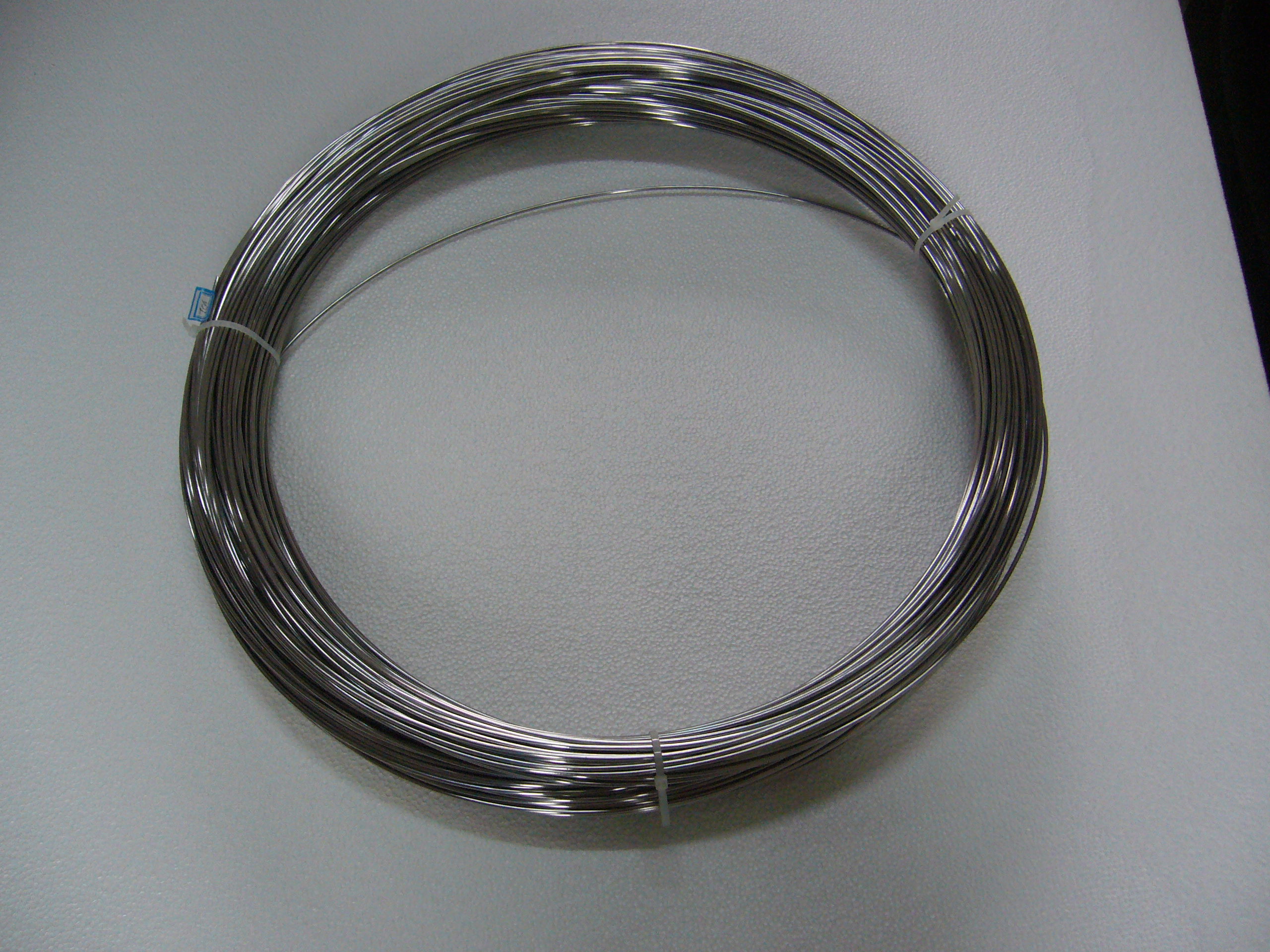News OverviewNews
Hafnium wire application and the effect of wire on electrode life
Hafnium wire in industrial applications are mainly divided into the following aspects:

1. Used to add material; Add some hafnium element to many alloys to improve the properties of the alloy;
2 for solder: mainly used wire zirconium wire and hafnium wire, welding between alloys, the amount is small;
3. Plasma emitter for plasma cutting. (When a copper or silver motor is energized, in which hafnium particles arc from both ends and emit a plasma electron beam) is the most important use of hafnium wire in industry,
The effect of wire material on electrode life:
2.1. The material of the wire mainly refers to the purity of the material itself, whether there are defects inside the material, and whether the material will produce some impurities in the later forging, rotary forging and other processing process (main O,C content). Now the zirconium and hafnium materials used in plasma cutting electrodes are generally above 99%, because the gas elements and other small amounts of impurities in the wire will reduce the oxidation resistance of the wire, reduce the thermal conductivity of the wire to the point, especially in the high temperature and harsh working environment, so that the cooling capacity of the hafnium wire as a plasma emitter is reduced. The ability to form a relatively stable high temperature resistant oxide film is reduced, thus affecting the life of the hafnium electrode.
3. The quality of the wire surface: better surface quality helps to form a good fit between the wire and the electrode copper matrix, so that the contact surface between the two is better combined, improve the electrical and thermal conductivity of the electrode, increase the resistance, so that the hafnium wire can be slowly and fully consumed, thus improving the service life of the electrode. Good wire surface quality, its cross section roundness is good, easy to emit straight and powerful plasma arc, improve its service life. If the surface of the wire is defective, it will cause the emitted plasma arc to skew, resulting in the nozzle to quickly ablate and damage the electrode.
